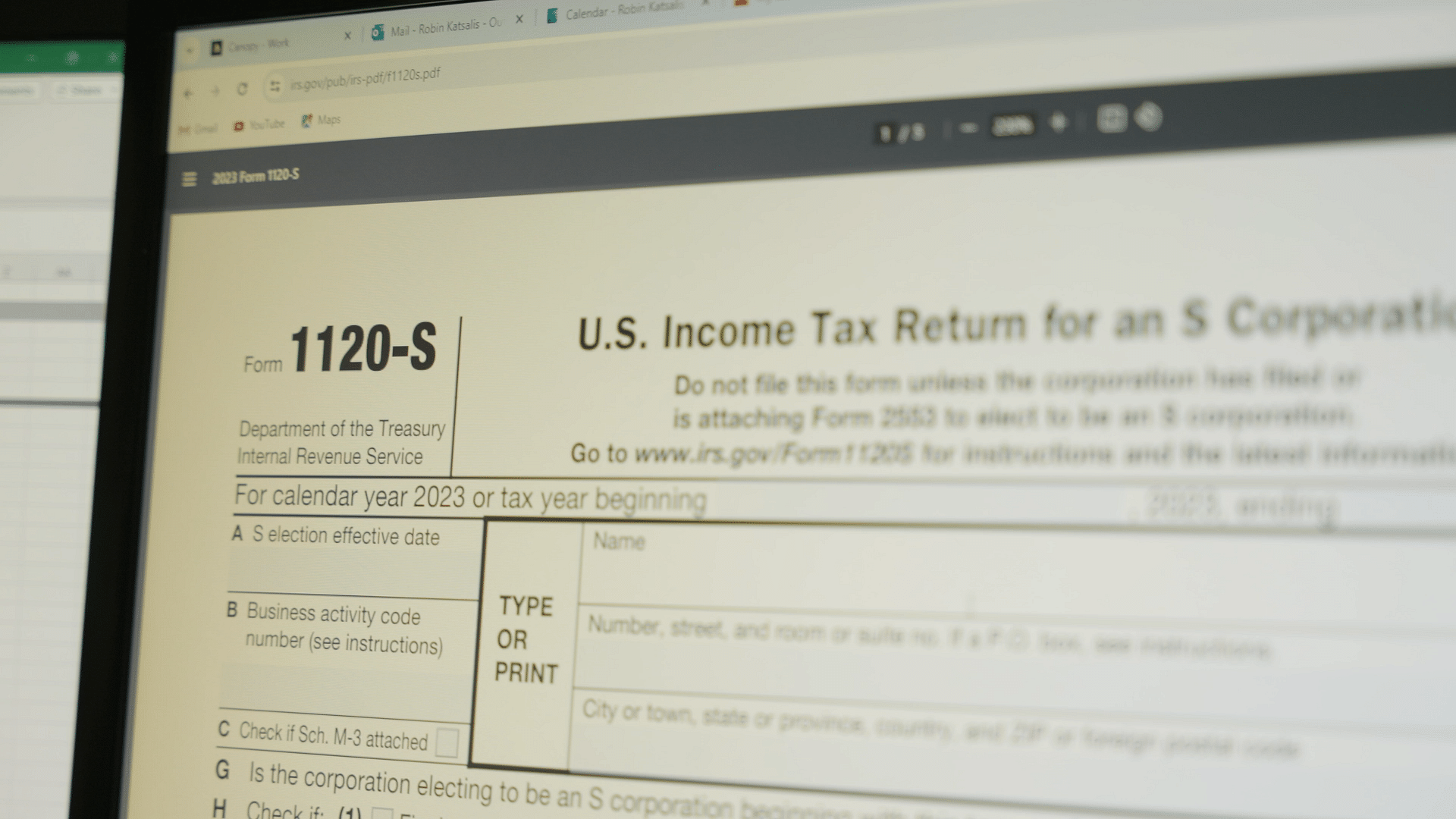
Saving for your Kids Education? Read this!
Apr 21st, 2014
We all would like to put money aside for our kids educations. Here are some nice techniques that can save you a little in taxes too...
Qualified Tuition Programs, commonly referred to as Section 529 plans (named after the section of the IRS Code that created them), are plans established to help families save and pay for college in a tax-advantaged way and are available to everyone, regardless of income. These state-sponsored plans allow you to gift large sums of money for a family member's college education, while you maintain control of the funds. The earnings from these accounts grow tax-deferred and are tax-free if used to pay for qualified higher education expenses. 529 plans can be used as an estate-planning tool as well, providing a means to transfer large amounts of money without gift tax. With all these tax benefits, 529 plans are excellent vehicles for college funding.
Tax Benefits: There is no federal tax deduction for making a contribution, but taxes on the earnings within a 529 plan are not only tax-deferred while they are held in the account, but are tax-free when withdrawn to pay for qualified education expenses. This allows you to accumulate money for college at a much faster rate than you can with an account where you have to pay tax on the investment gains and earnings.
How Much Can Be Contributed? Unlike the Coverdell Education Savings Accounts that limit the annual contribution to $2,000, Section 529 plans allow you to put away larger amounts of money. There are no income or age limitations for the Section 529 plans. The maximum amount that can be contributed per beneficiary is based on the projected cost of a college education and will vary between state plans. Some states base their maximums on an in-state, four-year education, while others base theirs on the costs of the most expensive schools in the U.S., including graduate studies. Most have limits in excess of $200,000. Generally, once an account reaches the plan-imposed cap, additional contributions cannot be made, but that doesn't prevent the account from continuing to grow through investment earnings and growth.
How Much Should You Contribute? Although there is no contribution limit other than the plan's limit based on the cost of the education, there are some gift tax limitations that may influence the amount of your contribution. Contributions to Section 529 plans are considered completed gifts and are subject to the gift tax rules. Under these rules, individuals can annually give away (gift) money to another individual, only up to an annual limit (double for a married couple), without triggering gift taxes or reducing their lifetime gifts and inheritance exclusions. The gift exclusion amount is inflation adjusted. For 2014, the gift tax exclusion is $14,000 per recipient.
Five-Year Option: Where contributions to a qualified tuition program exceed the annual gift exclusion amount, a donor may elect to take certain contributions to a Qualified Tuition Program (QTP) into account spread over a five-year period in determining the amount of gifts made during the calendar year. The provision applies only for contributions of up to five times the annual exclusion amount available in the calendar year of the contribution. Any excess may not be taken into account ratably and is treated as a taxable gift in the calendar year of the contribution. Thus, for 2014 an individual could contribute up to $70,000 (five times the 2014 annual exclusion amount), while a married couple could contribute twice that amount ($140,000) to the same individual. The gift would reduce the donor's estate by the full amount of the gift by the end of the five-year period. Should the donor die before the five-year period elapses, any amount in excess of the allowable annual exclusions would revert back to the donor's estate. Note: A gift tax return must be filed for the year of the contribution if it exceeds the annual gift tax exclusion and to claim this special exemption.
Don't Overlook Additional Contribution Opportunities During The Five-Year Period: If in any year after the first year of the five-year period the annual exclusion amount is increased, the donor may make an additional contribution in any one or more of the four remaining years up to the difference between the exclusion amount as increased and the original exclusion amount for the year or years in which the original contribution was made.
If you need assistance evaluating the benefits of a Section 529 plan or even figuring out how you can somehow integrate it with your business, give us a call.
If you found this article useful, please do not keep this a secret. Share it with a friend.
Copyright 2014 by Steven A Feinberg (@CPAsteve) of Appletree Business Services LLC, a PASBA member accountant, located in Londonderry, New Hampshire, with more than twenty- five years experience on Federal and New Hampshire issues affecting small business, and specializes in keeping his clients OnTrack with bookkeeping, tax, and payroll services for a fixed monthly fee. Learn more about Steve's exclusive SIX Step system developed for small businesses at www.appletreebusiness.com/map.


Let’s Help Eliminate Your Stress
If you choose Appletree Business Services for your bookkeeping, payroll or tax needs, you’ll find that good things begin to happen in your business. Your common financial challenges will become simple with a clear map to create your ideal situation. More than that, we’ll identify your “typical” stresses and help make them go away.